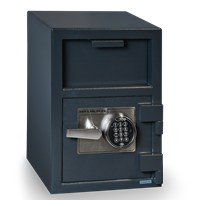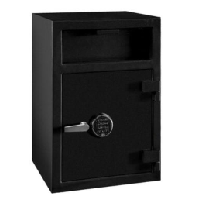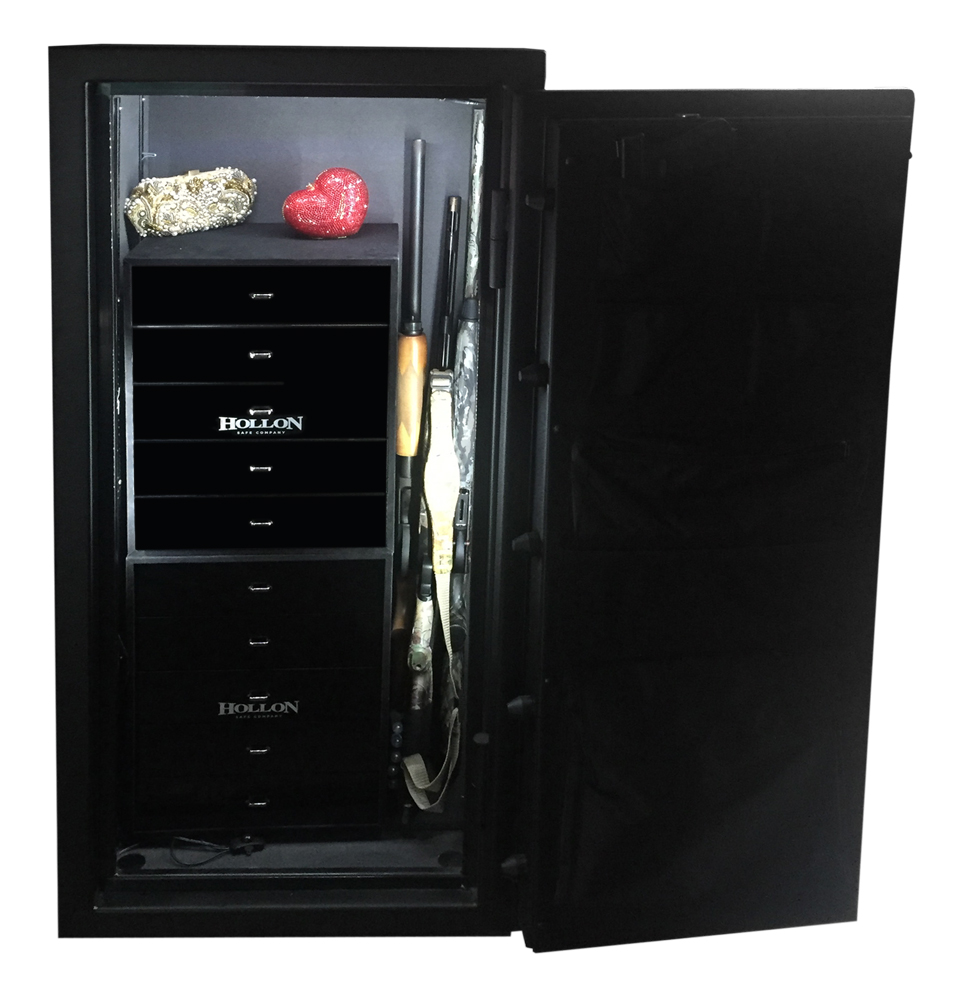Jewelery Safes Should Be TL15 or TL 30
Jewelery safes are safes that are designed to protect precious jewellery and other valuables from fire and theft. Jewelery safes are generally more burglary-resistant than standard home or office safes. They carry a burglary rating, which gives an indication of how difficult it would be for a professional burglar to break into the safes.
I often get customers that want to keep “a little jewelry” in their safe. My wife, Jessica, is not much of a jewelry person though I am sure with a little practice she could become one VERY quickly! However, my mother is a jewelry collector and loves to gather new pieces for her collection. What my wife has in her entire collection, my mother will have in one ring. Obviously both need a different type of jewelry safe for each collection. But before I would sell a TL 15 to my mother I would want her to talk to her insurance company about a discount on any “contents rider policy” she may have on her collection.
An example burglary rating would be a TL-15 rating. A TL-15 rating means that the safe has been tested to withstand break-in attempts by a professional person (such as a locksmith), using common hand and power tools, for at least 15 minutes. While this might not seem like a very long amount of time, it is an eternity to most burglars – they rely on a quick in-and-out in order not to be caught, and as such do not have 15 or even 5 minutes to spend breaking into a safe. A TL-15 rating is a strong deterrent to burglars. Models are available with an even stronger TL-30 rating. As a professional side note: I have never met a locksmith that could break into a TL rated safe in under 1 ½ hours. My personal best is 5 hours. I personally believe that you could leave tools and instructions on the safe itself and the average thief still couldn’t get into it over the weekend.
Most jewelery safes also carry a fireproof rating. An example fireproof rating would be a 1-1/2 hour 350 degree F rating. This rating means that the safe could be exposed to a 1700 degree F fire for a period of 1-1/2 hours, and that the temperature inside the safe would not rise above 350 degrees F. This is a low enough temperature to protect jewelery and other valuables from permanent damage.
Another factor to consider when choosing jewellery safes is the type of locking mechanism used. Models are available with traditional combination dial locks and with electronic keypad locks. When choosing the traditional combination dial type look for a more secure 4-number combination. The electronic keypad lock is much more convenient than the mechanical dial. The user simply enters the combination to the safe on a PIN pad, similar to the ones used on many ATM machines. Look for a LaGard or a Sargent & Greenleaf keypad when choosing this type of locking mechanism. Also, some models allow for multiple users to be enrolled with multiple PIN numbers or combinations.
Also look for jewelery safes that have 1 or more re-locking mechanisms. These mechanisms help protect the contents by re-locking the bolt on the safe whenever someone tampers with the locking mechanism. Another factor to consider when choosing between jewellery safes is the overall amount of storage provided – make sure that you choose a model that provides for growth in your storage needs. Consider choosing a model that has interior shelving for added convenience.
As you can see, there are a number of factors to consider when choosing among available models of jewelery safes. Be sure to consider the burglary rating, the fire rating, the type of locking mechanism used, and the overall amount of storage provided by the safe. This will help to ensure that you choose the jewelery safe that is right for your needs.





